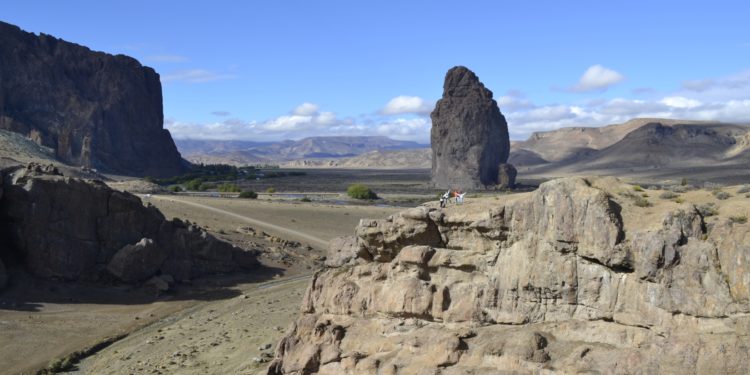South American Places That Rock

Rock and mountain climbing are old activities that with the introduction of new tech has become very popular. Now there are tours and excursions set up in all parts of the world for those looking for these types of activities. In South America the trend is to find the most beautiful and challenging climbs. We have gathered a few that will appeal to all level climbers.
Rock Climbing – Argentina
Piedra Parada

In the Chubut region of Argentina is the Piedra Parada rock climbing area, which is a huge volcanic lump of rock 260m high, sticking up high in the air in the middle of a vast and barren plateau. It amazes watchers and invites adventurers to face the challenge of climbing it, provided they have previous experience.
The main climb is a huge stone, which formerly constituted the wall of a volcano, is bordered by the Chubut River and offers the ideal scenery to enjoy trekking and gorgeous panoramic views. The site also features cave paintings.
Piedra Parada provides several circuits with various degrees of climbing to accommodate all levels of climbers. The first one is called Sueño Lento reaches 240 meters of height. The second one is known as Big Bang and leads to 248 meters with a higher degree of difficulty. The third and most technically difficult climb is called. With regards to gear, a 70m rope is required, plus a small rack is useful.
Book a flight to San Carlos de Bariloche (pronounced bear-ee-low-chay). There are no direct international flights to Bariloche, so prepare for a long day of travel. Once in Bariloche, you can use your GPS phone to find a direct route to Piedra Parada.
Chalten Massif

The Dramatic Chalten Massif entices rock climbers from every part of the world. This range of mountains in southern Patagonia, is home to some of the most recognizable peaks, including Cerro Fitz Roy, Marconi and Adela. This is the ultimate alpine rock climbing destination.
Chalten Massif provides many alpine mountaineering routes involving rock, snow, ice-climbing and scrambling and climbing here is focused on numerous steep jagged granite spires that range from 300m to 1,500m high. The long approaches mean that most climbs require a minimalist advanced camp near the base of the peaks.
The best time to climb is during the dry period from November through to the end of February, which statistically is the driest period.
Mountain Climbing – Chile
Alpamayo – Medium to Advanced Skill Climbers

Classic, aesthetic, pure: the line up the southwestern face of Alpamayo quickly becomes a captivating objective for anyone who sets eyes on the mountain. Alpamayo is in many people’s minds, the most beautiful mountain in the world, with its beautiful pyramid shape and classic fluted snow slopes descending like digits from the summit.
Located in the Cordillera Blanca mountain range of the Peruvian Andes, this mountain at more than 6,000 m is for serious climbers with full packs of professional climbing gear only. Climbers should expect to have their climbing skills tested at altitude.
The trek to its peak and back is a 12 day trip and professional guides are mandatory for any expedition. The most popular routes up the mountain is the south west face with the Ferrari or French Direct routes through the fluted face. There is an initial basecamp on Mount Vallunaraju at 5,686 m used to acclimatize and there is a basecamp on Alapamayo at 4,500 M up the mountain.
The best time to climb Alapamayo is from June through September when it is the driest. However, the weather can be extremely cold and windy anytime. Interested climbers go to Lima than make their way to Huaraz for details on climbing Alpamayo.
Cerro El Plomo – Low to Medium Skill Climbers

Part of the Andes Mountains, and located near Santiago, Cerro El Plomo has an elevation of 5.434 m and is the the largest peak visible from Santiago.
The ascent to Cerro Plomo is technically easy to climb and offers scenically gratifying views of Chile. The top of the mountain is easily reachable by climbers and its gradient provides a climbers with a good acclimatization for those going on to climb the more challenging Aconcagua.
The tour to the base camp is often rewarding enough for novice trekkers. More experienced mountaineers will need one more day and climbing iron and pickaxes to reach the peak. It is most advisable to take the climb slow to avoid mountain sickness which is common on Cerro Plomo.
Climbing season is between November and March with ideal times between January and March. Climbers should start in Santiago for details on climbing Cerro El Plomo.

